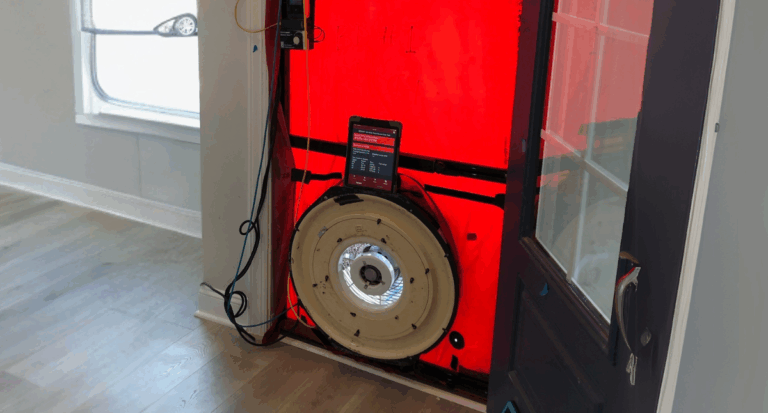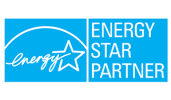Why you should build a High Performance Home
There are many reasons why you should build a high performance home. For the homeowner, High Performance Homes offer many benefits. These benefits include lower operational costs, savings on utility bills, increased comfort, better indoor air quality, and more.
So what about you, what’s in it for the builder? First, there are numerous incentives, credits, and rebates available to offset the costs. Second, having a certified green home may reduce the number of warranty callbacks. Third, research shows that certified High Performance homes are in demand. And finally, prospective home buyers are actually willing to pay more for them. I know this may sound far-fetched. But today’s post dives into three studies that support this claim on price premiums.
Research on Homes Selling at a Price Premium
The three studies below discuss how third party certifications have changed sales prices on homes. The studies look at housing markets in Portland, Seattle, California, and Maryland. The homes examined have certifications which range from ENERGY STAR certified homes, LEED for homes, GreenPoint, Earth Advantage, and Built Green. Based off of the results, homes with green certifications sold at price premiums that range from 2.1% to 9.6% compared to non-certified homes.
The studies vary by entity, location, and researchers. These differences may explain why there are variations in premiums. There is no hard evidence available on all three studies that link the price premiums to different programs. But, there is evidence that proves homes with certifications are selling for higher prices across the country.
How this Research Impacts You
The purpose of this post is to provide you an example of how third party certification programs have affected the prices of homes in different markets around the country.
Using this information in combination with your own company’s data should help you determine the sales prices on your own high performance homes. All the research is in agreement that high performance homes sell for more. But it is important to note that your home’s sales come down to how well your sales and marketing teams can communicate the features of the home.
Case Study 1: High Performance Homes in the Pacific Northwest
The first study is from the Earth Advantage Institute. The study examines homes in the Portland and Seattle metro areas. Price premiums of certified homes to standard non-certified homes were examined. The certification programs were: Built Green, Earth Advantage, ENERGY STAR, and LEED for Homes. The study’s findings suggest that Green Homes outperform their counterparts on the market.
Certified Home Performance: Assessing the Market Impacts of Third Party Certification on Residential Properties concludes that certified homes in the Seattle metro area sold at a price premium of 9.6% compared to standard build homes on the market. Meanwhile, in the Portland metro area, it was found that homes sold at a price premium that ranged between 3%-5%.
Case Study 2: High Performance Homes in the Mid Atlantic
The second study is from ICF International. Their White Paper supports these claims on certified home price premiums. In ICF’s, ENERGY STAR New Homes and the Impact of Certification on Maryland Home Prices, the authors claim that homes with ENERGY STAR certifications compared to non-certified homes sold at a price premium of 2.1% to 5.2%.
The authors, Yuan and Cohen evaluated homes sold in Maryland from 2010 to 2016. They examined 13,065 non-certified homes and 2,733 ENERGY STAR certified homes. The average list price for non-certified homes was $478,913.
Results in the White Paper show that homes sold between 2010 and 2016 with ENERGY STAR certification tacked on an extra $10,077 to $27,533.
Case Study 3: High Performance Homes in California
The third study, The Value of Green Labels in the California Housing Market examines 1.6 million single-family homes in California sold between 2007 and 2012. 4,321 homes had third party certifications. These green certifications included ENERGY STAR, LEED for Homes, and GreenPoint Rated homes.
The study concluded that Green Homes added an average 9% price premium to the sale price compared to standard homes. For example, a non-labeled home in California could sell on average for $400,000 while a green labeled home in California can be sold at a premium of $434,800.
Conclusions
It is evident that each piece of research has different numeric results in terms of price premiums. But one thing that holds constant based off of the research is that High Performance Homes can be sold for more compared to their standard counterparts. In addition, the strength of the sales and marketing teams could also influence sales prices as well.
How much more of a premium you command comes down to how effectively your team can communicate the benefits of your certification program.















